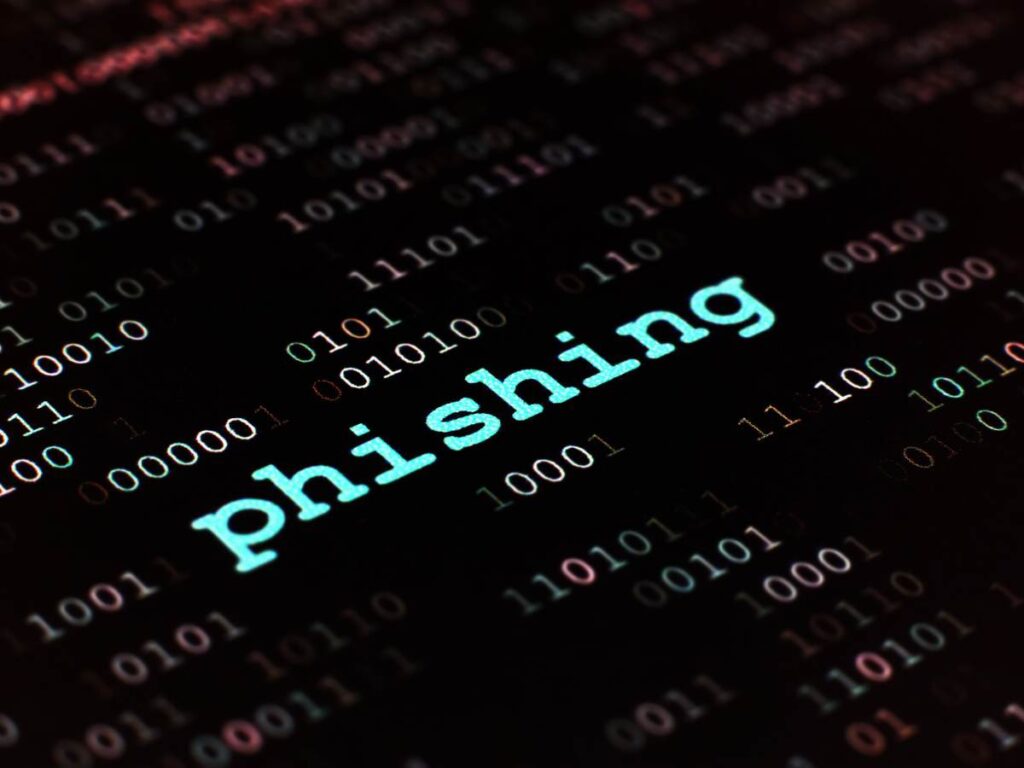
5 Steps to Optimize Local Visibility With Location-Specific Meta Tags
Ready to boost your local visibility? Look no further! In just 5 steps, you can optimize your website with location-specific meta tags. By implementing these
Did you know that email is used by more than 4.5 billion people worldwide? And almost 80% of companies use it as their main way to find and retain customers. Given the enormous volume of email traffic, it’s unsurprising that hackers and scammers have come up with a range of email security threats to target individuals and businesses.
These scammers utilize unsolicited emails, malicious links, and other methods to gain access to your network and steal your personal information, files, and other valuable resources.
Therefore, you must be proactive in order to prevent becoming their next victim.
We’re going to cover six of the most common email security threats that affect people in every role and industry each and every day. We’ll also provide helpful preventive advice or solutions for each threat.

Starting off with the oldest and most aggravating threat: spam. Spam is defined as unwanted or unsolicited messages advertising various items and services, the majority of which are bogus. Some even include Trojans and other viruses that look like or attachments.
These emails overload mailboxes with trash that serves no value for professionals and simply wastes their time or reduces their productivity.
To give you an idea of how huge of a threat spam is, the statistics don’t lie:
The unfortunate reality is that there is no way to completely eliminate spam in your inbox. You can protect yourself by:
Reporting, blocking, and deleting questionable emails; and using a third-party email filter, such as SpamTitan, Xeams, Spambrella, and others.

Spoofing is one of the most common email marketing risks sweeping the web today. Spoofs are lookalike emails used by scammers and hackers to impersonate actual brands. They entice readers to share personal information or make a purchase on bogus landing pages linked within the emails.
Unfortunately, the only way to avoid theft or damage caused by spoofing emails is to exercise caution. This covers straightforward methods such as:

In order to send out enormous spam and phishing operations that can overwhelm systems, Distributed Denial of Service (DDoS) attacks often use internet-connected botnets.
Most DDoS attacks through email happen when attackers get their hands on IP addresses. As a result, one of the easiest methods to avoid them is to use free VPN software, which allows you to browse and use emails anonymously.

Since the early 2000s, one of the most common email threats has been phishing. It uses social engineering and other strategies to deceive people into giving personal information that could lead to the theft of their money, data, or identities.
Phishing assaults are avoidable if you know how to spot them. Most attackers, for example, use unfamiliar URLs or make offers that are simply too good to be true. Among the recommended preventive measures are:

Since COVID-19 began, the number of BEC attacks has grown by a factor of ten. This is because more people are working from home. These assaults resemble phishing. Their only motivation, however, is to steal money from businesses. BEC attackers pose as high-ranking executives and other titles and persuade staff to create bogus financial records and accounts.
There are many ways to stop BEC attacks. The most straightforward method is to confirm the request via another channel, such as a phone call. Second, double-check the email address for spelling mistakes.
However, using paid business email accounts and implementing multi-factor authentication are the best strategies to defend against BEC assaults.

Malware is the final threat on our list. Malware is sent with one goal in mind: to disrupt business operations. Hackers use links, popups, and email attachments to fool victims into installing ransomware, adware, and spyware.
Some facts you should know about malware include:
Every business should have effective anti-malware software operating on their devices at all times. It can help identify and get rid of threats before they happen. As far as prevention goes, it’s all about caution and due diligence.
When using email, you should be especially watchful of shady files, odd URLs, misspellings, and unrealistic offers.

Ready to boost your local visibility? Look no further! In just 5 steps, you can optimize your website with location-specific meta tags. By implementing these

Want to increase your local business’s online visibility? Tap into local markets with strategic meta tags! By utilizing location-specific keywords in your meta tags, you

Looking to boost your local search rankings? Want to optimize your keywords and dominate the local market? In this article, we’ll show you how to
SEARCH RED CANOE

GET STARTED WITH THESE LINKS
LISTEN TO OUR PODCASTS
OTHER STUFF